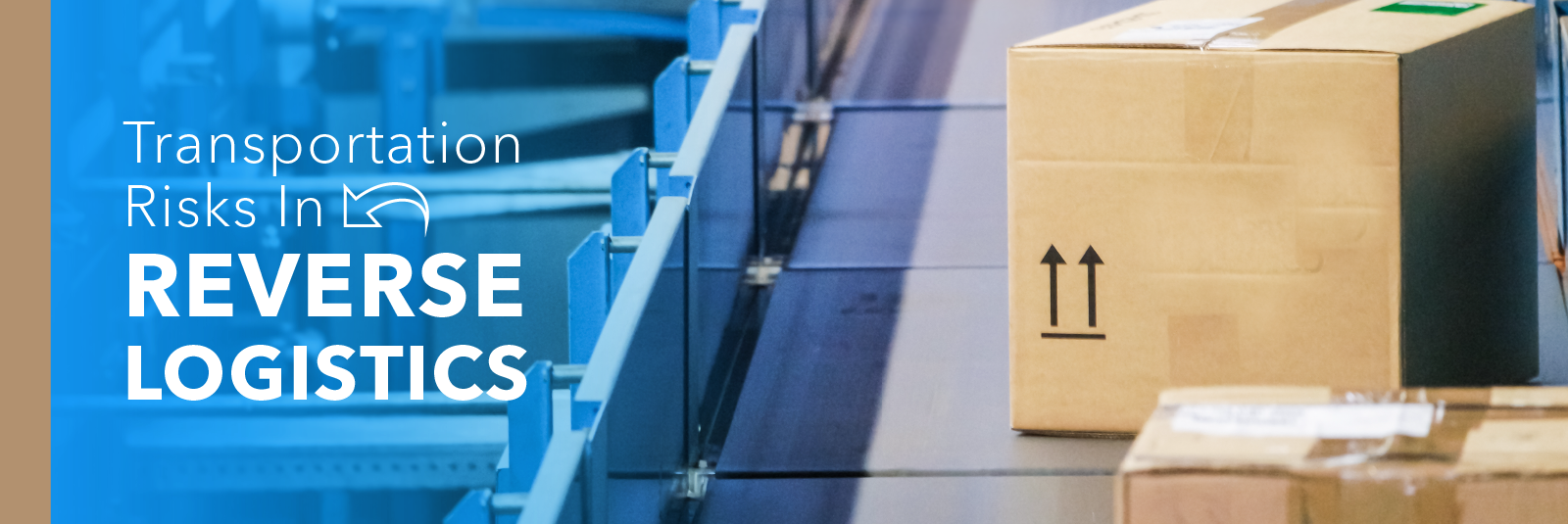For decades, the shipping industry has been focused on improving forward logistics. Operations teams have spent endless hours figuring out the fastest, safest, and cheapest ways to get products to consumers. Yet with the rise of e-commerce and “free returns” sweet talk from retailers, the backward loop of reverse logistics is becoming just as much of a priority to perfect.
What Is Reverse Logistics?
Reverse logistics is the movement of goods in the supply chain from their end destination (such as the customer) backwards. The purpose of reverse logistics is to recapture value or properly dispose of a product. This includes returns, recycling, repairs, remanufacturing, and refurbishing. For example, if a customer is returning an item, the manufacturer or retailer would organize the return shipping process, the intake of the item, and the reuse, recycling, or disposal of the item.
The Importance of Reverse Logistics
Reverse logistics is big business. Here are a few fast facts to illustrate just how big:
- UPS processed 6 million return packages the first week of January 2018.
- 30% of all products ordered online are returned and approximately 49% of retailers offer free return shipping.
- Return delivery costs in 2015 totaled $246 billion in North America and $600 billion globally.
- Reverse logistics costs for the average retailer is equal to about 8% of total sales.
The volume of goods flowing through the reverse logistics chain is massive; and with e-commerce thriving as a sales channel, that volume will only increase. Those responsible for optimizing the reverse logistics process will be challenged to create more efficient practices for greater savings.
Reverse Logistics Risks
Whether you have a team dedicated to managing reverse logistics or you do it yourself as a small part of your job, it’s important to understand and protect your business from the risks involved with reverse logistics:
No owner
In many organizations, reverse logistics still doesn’t get the same resources or attention as forward logistics. A 2018 research study aptly called reverse logistics an “orphaned function” with no single person or department having clear ownership. The study reported that nearly 60% of respondents said that reverse logistics was spread across more than one department and 68% said that no one was responsible for reverse logistics at the corporate level. Without clear owners at each step of the process, confusion ensues and mistakes happen. And if these errors affect things like shipment security or timelines, there is a risk for being held financially liable for loss, damage, or delay.
No visibility
What product is being returned? Why? There is a persistent lack of clarity within the entire reverse logistics process. The previously mentioned research study also reported that 39% of respondents have no visibility into returns, such as delivery time and materials. Without these types of details, it’s challenging to know how to manage shipments and can lead to mishandling of goods, unnecessary delays, and customer dissatisfaction.
It’s also a challenge to get insight on end-to-end costs. About 76% of respondents couldn’t determine or weren’t sure how much money reverse logistics was saving their company. And it may not be saving anything at all—some estimates show it costs double to return an item in the supply chain as it does to deliver it.
More Regulations
How hazardous or dangerous products are returned is under a microscope and more regulations are being developed to standardize the collection, packaging, recycling, and reuse of these types of items (electronics being the most prevalent). It’s critical for those managing reverse logistics to stay informed of evolving regulations. Something as simple as incorrect packaging on returned electronic equipment could open your company up to liability.
Falvey Shippers provides the highest claims capacity and broadest all-risk coverage in the industry. No matter what you ship, forward or reverse, we have you covered.

